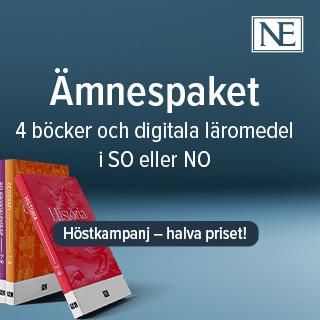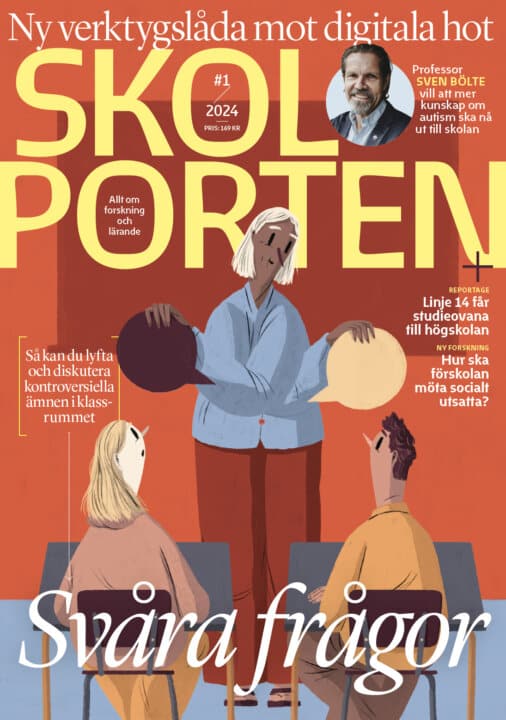Comparative studies of vocational education and training
Forskaren Hrvoje Kap har i sin avhandling analyserat och jämfört yrkesutbildningar på gymnasienivå och utbildningsprogram i Danmark, Finland, Norge och Sverige.
Hrvoje Kap
Professor Christian Helms Jørgensen, Roskilde University, Denmark
Professor Ola Sjöberg, Stockholms universitet
Stockholms universitet
2015-09-25
Comparative studies of vocational education and training
Sociologiska institutionen
Comparative studies of vocational education and training
The thesis consists of an introduction and three studies, which are comparative sociological and institutional analyses of a number of countries’ publicly regulated vocational education and training systems at upper secondary and post-secondary level. Official regulation of programme content and curricula – the main empirical material – is interpreted, and focus is directed on aspects which distinguish between, among others, general and vocational elements of teaching, learning and training. The analyses employ concepts from educational studies, historical sociology and institutional sociology with the aim of conceptual elaboration and illumination of similarities and differences between cases.
Study I compares upper secondary vocational education and training programmes in Denmark, Finland, Norway and Sweden. The programmes are analysed and compared with respect to scope, sequence and selection of curricular units of subject matter and periods of training. Programmes combine general and vocational elements in various ways, thereby offering choices for obtaining both the occupation-related qualification, as well as higher education eligibility. The combination of curricular units with additional subject matter seems to, in some cases, lead to emerging learning aims.
Study II focuses on vocational education and training systems at upper secondary level in Denmark, Norway and Sweden, and seeks to identify differences and similarities by conceptualising features of ideal types along different dimensions. It furthermore develops a method of analysis and visualisation which enables more accurate understanding of how various learning aims are designed within educational programmes. Some of the results indicate that the resources necessary for attaining the full, intended educational qualification are not guaranteed in any of the three cases; however, this applies particularly to apprenticeship-based programmes, where it can be attained only after training contracts with status-like features, resembling parts of occupational jurisdictions, are seized within sheltered circumstances. In the school-based programmes, a larger proportion of resources are guaranteed, but training is shorter and less vocationally oriented. Vocational education and training programmes in all three systems orient learning not only towards vocational, but also general learning aims.
Study III compares admission criteria to post-secondary vocational education and training programmes in Denmark and Sweden, focusing on the Danish erhvervsakademi and the Swedish yrkeshögskola. Options, as elements of life chances, for individuals holding upper secondary vocational education qualifications who wish to apply for admission to these programmes, differ in terms of scope between the two cases. In the Swedish case, options are wide and mostly structured by course-based admission criteria; while in the Danish case, options are more narrow and structured by qualification-based admission criteria.
Relaterade länkar

Fritidshem
 Åk F–6
Åk F–6 Matematikångest
 Åk 4–Vux
Åk 4–Vux 






